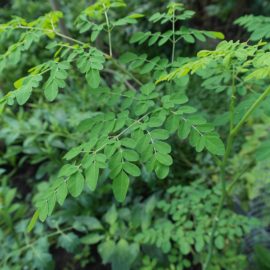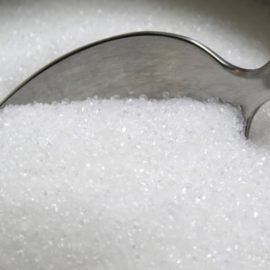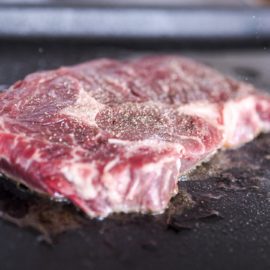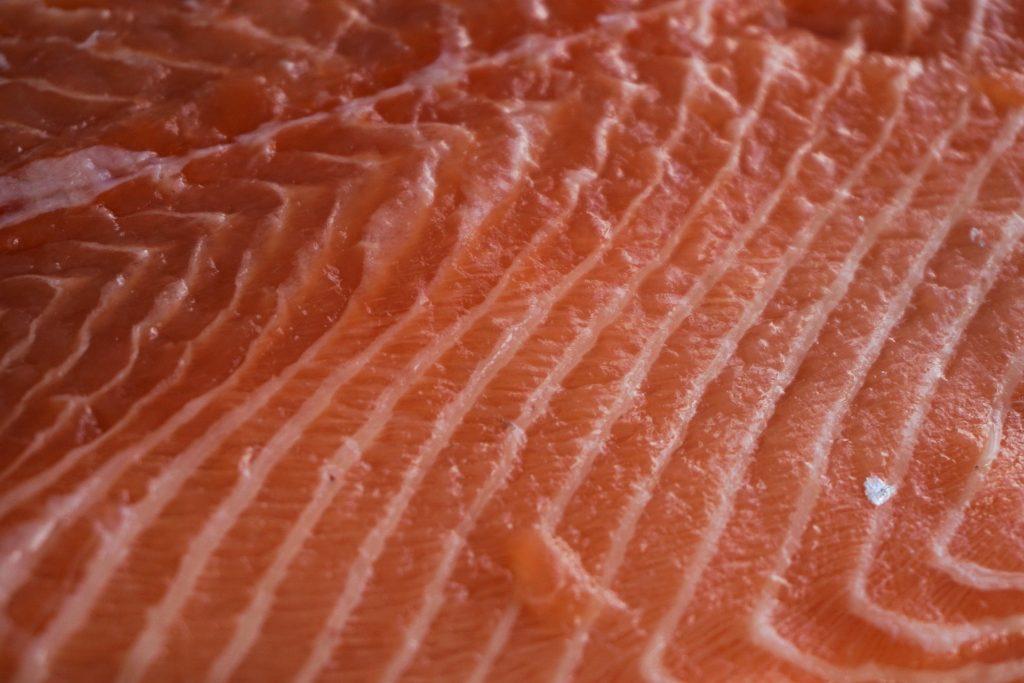
Salmon are an example of anadromous fish. They can live in fresh and salt water. During their first few months (or years, depending on the specie) they spend their time in fresh water before heading out to the ocean. Most salmon spend time in the ocean for 3 to 5 years. And when it is time to spawn, they go back to fresh water. This is how wild salmon behave. But farmed salmon are no different. Once farmed salmon have reached one year of age and strong enough, they are transferred to sea water, where they live primarily. Wild salmon can swim freely, whereas farmed salmon are caged to keep the predators away and lessen the stress to the fish.
Salmon farming started in the 1960s and has become a huge industry. Today, 70% of salmon worldwide are farmed, according to Statistica.
You might also like: 5 Reasons That Make Fish Highly Perishable
While the habitat of wild and farmed salmon is similar, there are several differences, especially in terms of eating quality and nutrition. Here are 3 things you need to know between the two.
THE FLAVOR OF FARMED SALMON IS BETTER
Wild fish are thought to be tastier than fish that do not have unrestricted access to the sea. Well, farmed salmon are raised in a controlled environment. This is not the case for wild salmon. At times, they are hunted by bigger fish. In the ocean, big predatory fish such as swordfish, Atlantic bluefin tuna, and Atlantic halibut prey on salmon.
In their final moments, wild salmon are more stressed and may struggle with a trawler’s net. And similar to other animals slaughtered for meat, a stressful slaughter or physical activity (escaping behavior) affects adversely the quality of salmon meat. Prior to death, adrenaline is released, lactic acid in the muscles builds up, and the meat enters rigor mortis sooner. This results in a metallic aftertaste in salmon meat. (For more on rigor mortis, check out this post.)
The flavor of farmed salmon is different and better. During harvest, capture is very efficient. Hence, stress is maintained to a minimum, and flavor is not diminished. Fish that have been caught are put in cold water, stunned, and then killed immediately. In Japan, the so-called Ike jime process makes high quality seafood. In this process, the fish is instantly killed by inserting a spike quickly into the brain cavity. This traditional Japanese slaughter technique is employed for raw fish preparations. Sashimi, anyone?
FARMED SALMON OFTEN CONTAIN COLORING
The color of wild salmon meat varies— orange to intense orange-red. This mainly depends on the diet of the fish and the food they hunt. In the ocean, salmon feed on shrimp, krill, and other crustaceans. These crustaceans eat microalgae, which is rich in astaxanthin. Astaxanthin is a carotenoid pigment present in red-colored marine organisms.
You might also like: How The Japanese Make Sashimi Safe To Eat
Unlike other fish, salmon are able to store astaxanthin pigment in their muscles, which turns their flesh orange. Certain types of King Salmon are an exemption to this though. An example is Ivory King Salmon. Its unusually pale flesh is due to its recessive gene that prevents its body from processing the red pigment.
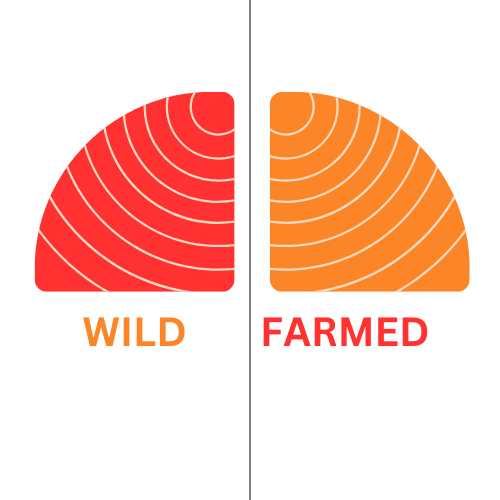
While wild salmon are carnivorous, the diet of farmed salmon is different. Farmed salmon do not feed on crustaceans. Even so, farmed salmon are constantly more orange and brighter. This is because farmers include manufactured astaxanthin pigment into their diet, which consists of pellet feed. The Food and Drug Administration has approved astaxanthin as a generally recognized as safe (GRAS) substance in food. The addition of astaxanthin is practiced to make farmed salmon appealing to consumers, especially to individuals who believe that the orange-red color of salmon indicates freshness and quality. Without astaxanthin, farmed salmon is gray.
Feed for farmed salmon is frequently made from plants. This includes agricultural byproducts like rice, soybeans, corn, and wheat. Initially, many aquaculture systems use smaller fish, fishmeal derived from marine sources, and fish oil to mimic natural diets. Diets high in carbohydrates have higher levels of omega-6 fatty acids, which change the composition of fat of fish.
WILD SALMON HAS MORE OVERALL FAT AND OMEGA-3 CONTENT
Compared to farmed salmon, wild salmon has a high lower overall fat content, and contains more of the beneficial omega-3 fats. In fact, one study found the fat of fillet of Atlantic salmon to be at 12%, this is twice the amount found in wild Atlantic salmon. Usually, wild salmon are caught during the time of migration and spawning. This contributes to lower omega-3 and overall fat content.
You might also like: Why Do Shrimps Change Color When Cooked? Explained
Omega-3 fats are the healthy kind of fats. They are essential for cellular health and metabolism. They aid in reducing the risk of illnesses such as arthritis, dementia, and heart disease. Our body cannot synthetize omega-3 fats. So we have to get them from food (mostly cold-water fish, nuts, and seeds) or supplement.
The concentration of fats in farmed salmon varies depending on the diet. If the diet of farmed salmon consists of fish oil and fish by-products, the concentration of omega-3 fats eicosapentaenoic acid (EPA) and docosahexaenoic acid is higher compared to salmon fed on plant-based feed.
You might also like: What Does Caviar Exactly Taste Like?
Since wild salmon are not raised in pens, they swim much greater distance, and are typically leaner. The levels of EPA depend on factors such as sex, species, reproductive status, and food availability, and season.
Overall, the scientific studies reveal that farmed salmon generally contains more EPA and DHA than its wild counterpart, partly due to its higher fat content, and the concentration varies by feed.
However, it is worth noting that salmon, wild or farmed, has more EPA and DHA than most other fish species and terrestrial animals, including grass-fed beef.
